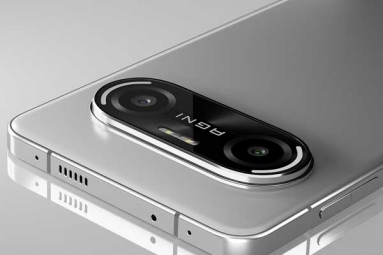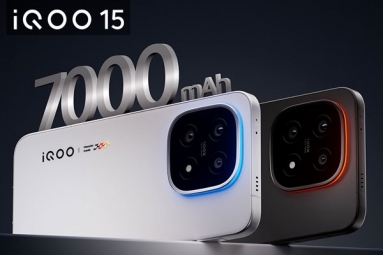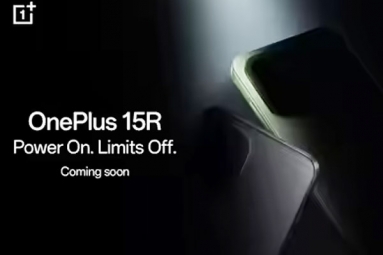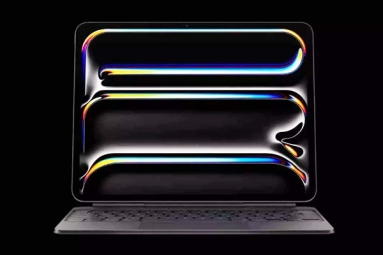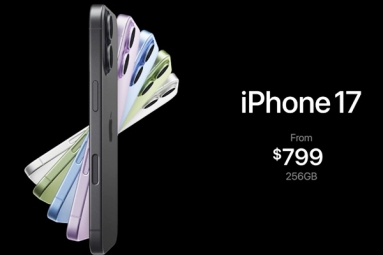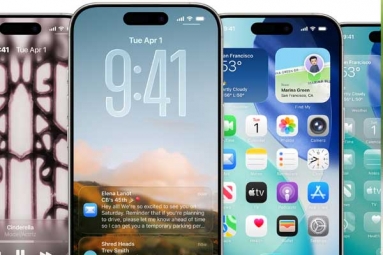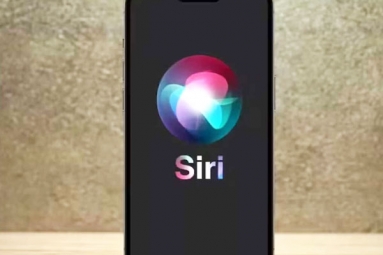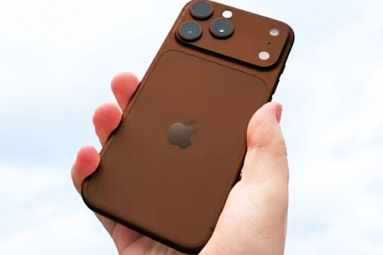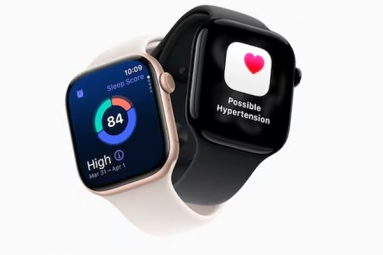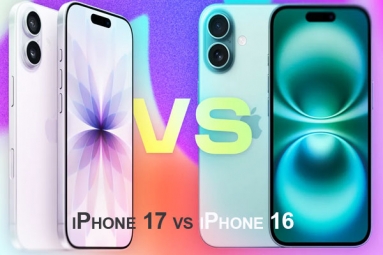Apple is using 3D printing for Watch Ultra 3 and Series 11
November 19, 2025 15:23
(Image source from: Apple.com)
Apple has finally accomplished something that many in the tech world have only wished for, utilizing 3D printing not just for making prototypes but also for producing items in large quantities. It is doing this on a large scale, employing recycled titanium, for its newest wearable devices: the Apple Watch Ultra 3 and Apple Watch Series 11. This represents a significant advancement in the production of high-quality devices. Apple has successfully 3D-printed millions of the same watch cases using fully recycled aerospace-grade titanium powder, a step that reportedly reduces the need for raw materials by almost 50 percent. The outcome? Sleeker, lighter, and more eco-friendly devices that demonstrate how manufacturing advancements and environmental goals can work together. Within Apple, this change did not originate from a well-defined plan but began with a bold question: Could 3D printing take the place of traditional metal machining for luxury items? Once this challenge was posed, the design, materials science, and environmental engineering teams began months of quick prototyping and experimentation.
The goal was clear yet ambitious, to make sure that the new 3D-printed cases appeared and felt just like the forged versions. The Watch Series 11 required its shiny, smooth finish, while the Ultra 3 needed to be tough and durable without adding extra weight. Additionally, all of this had to align with Apple’s vision for 2030, the company’s broad environmental aim to reach carbon neutrality throughout its worldwide operations by the decade's end. Apple states that the switch to additive manufacturing plays a crucial role in this plan, helping to decrease material waste and energy consumption while enabling more adaptable production. Traditionally, metal watch cases are carved from solid blocks of titanium. This subtractive method generates a large amount of scrap metal, much of which cannot be reused efficiently. On the other hand, Apple’s new technique, referred to as additive manufacturing, constructs each case layer by layer from titanium powder, totaling over 900 layers, until the final shape is achieved.
However, this is not typical titanium. Each particle of Apple’s specialized powder measures about 50 microns wide, which is thinner than a human hair, and has carefully regulated oxygen levels to ensure predictable behavior when exposed to lasers during the printing process. Apple engineers describe this as one of the most challenging materials science problems they have encountered.
Once the cases are printed, they go through several steps to finish them. They are cleaned of excess powder, cut with a heated wire, polished, checked for accuracy, and then put together while meeting Apple's standards for durability and waterproofing. The firm also used the 3D-printing method to improve the inside textures to ensure better sealing for antennas and sensors. This new approach has already shown benefits. Apple claims that this change has saved over 400 metric tonnes of raw titanium just this year, which significantly reduces both material waste and emissions. And they are not stopping here. The same recycled titanium powder has already been used again: in the newly 3D-printed USB-C port cover in the latest iPhone Air. This clearly shows that Apple’s trial with titanium 3D printing has developed into a lasting production method.
For Apple, this isn't only a new way to produce items; it's a message about the future of design. By mastering large-scale 3D printing, the company has created opportunities for a new age of eco-friendly manufacturing, where products are lighter for the environment but still feel luxurious. With the Watch Ultra 3 and Series 11 taking the lead, Apple seems to be making a statement: the most environmentally friendly technology doesn’t need to look or feel different, it just needs to be created smarter.



